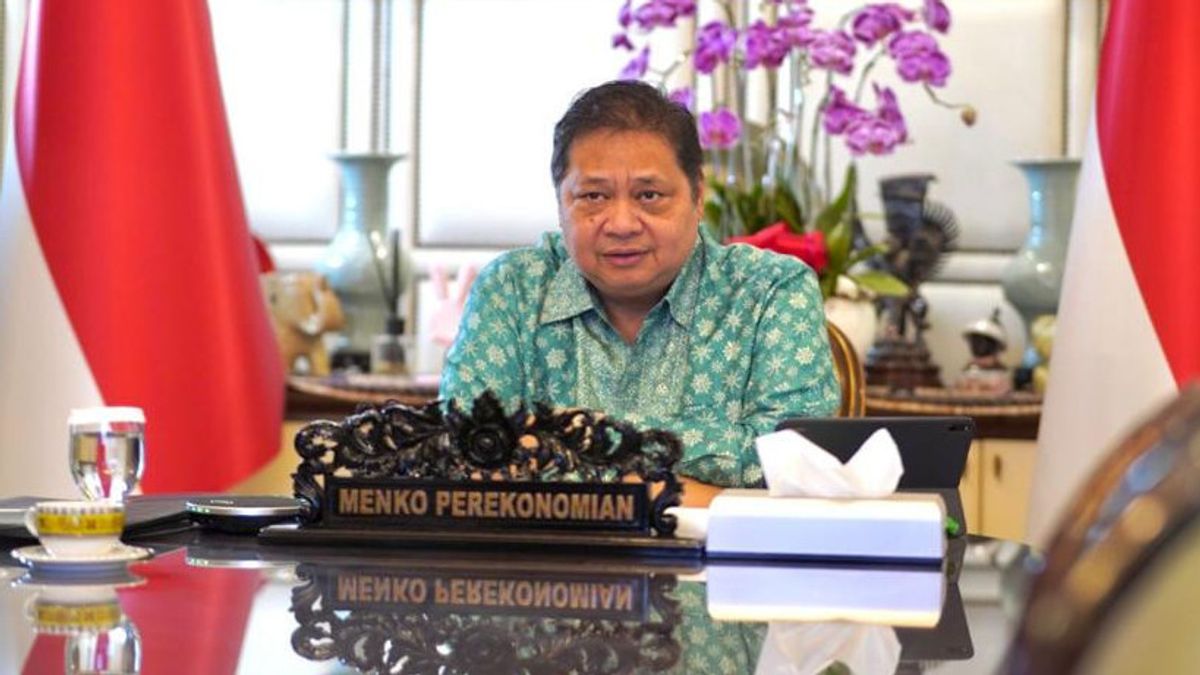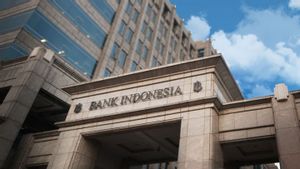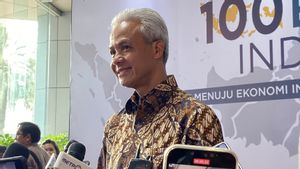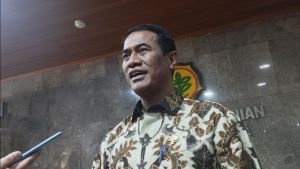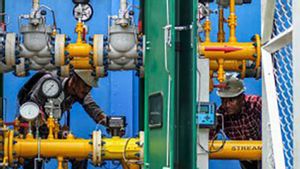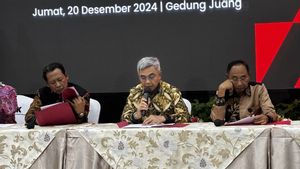JAKARTA - The ASEAN economy has shown positive performance in the past decade with an average growth of 4 percent to 5 percent.
In 2022, ASEAN's economy will grow 5.7 percent (yoy) and is predicted to continue to grow positively in 2023.
In the world, the ASEAN region is the 5th largest economy and 4th largest exporter, even in 2022 it will be the 2nd largest Foreign Direct Investment (FDI) destination.
Coordinating Minister for Economic Affairs Airlangga Hartarto said that ASEAN's economic growth supported by connectivity will contribute to the resilience of the Asian economy in 2023 and in the years to come.
At the 43rd ASEAN Summit (KTT) which was held at the moment of Chairmanship of Indonesia last September, a commitment was made to ASEAN connectivity, which included ensuring the implementation of the ASEAN 2025 Community Vision effectively and continuing the advancement of the implementation of the 2025 Mid-Term Review (MTRs) Master Plan on ASEAN Connectivity (MPAC) recommendation.
"Consectivity is the key in integrated economic development in the ASEAN region. Not only making policies but also practically doing so that infrastructure and connectivity in ASEAN can be realized immediately," said Airlangga in his statement, Wednesday, November 8.
Agreeing with Airlangga, President of the Economic Research Institute for ASEAN and East Asia (ERIA) Professor Tetsuya Watanabe said that ASEAN connectivity has proven to be the basis of ASEAN's post-pandemic recovery strategy involving policy coordination.
The collection of resources, and the establishment of partnerships can strengthen regional resilience so that it becomes stronger.
Meanwhile, Deputy Secretary-General of ASEAN for ASEAN Economic Community Satvinder Singh said ASEAN must continue to build capacity and strengthen regional footing to maximize the benefits of ASEAN connectivity and the ASEAN Economic Community.
Singh also said that the leadership of Coordinating Minister Airlangga as Chairman of the ASEAN Economic Community Council was a very influential factor in this achievement.
In line with ASEAN's solid economic growth, the Indonesian economy in the third quarter of 2023 was also able to grow positively by 4.94 percent (yoy).
This figure is accompanied by a controlled inflation rate of 2.56 percent in October 2023, as well as improving social indicators, namely reducing the unemployment and poverty rate.
Indonesia has also succeeded in becoming a middle-high-income country based on the World Bank's classification with a per capita income of US$4.580.
VOIR éGALEMENT:
Airlangga said that the launch of DEFA in the momentum of Indonesia's chairmanship in ASEAN this year will double the value of the digital economy in ASEAN by 2030, from 1 trillion US dollars to 2 trillion US dollars.
"Agenda ekonomi berkelanjutan juga akan dipercepat melalui pengembangan ekosistem kendaraan listrik regional," jelasnya.
ASEAN countries are also committed to developing the ASEAN Post-2025 Connectivity Agenda as part of the ASEAN Community Post-2025.
In this regard, the development of the ASEAN Post-2025 Connectivity Agenda will be carried out with the ASEAN Outlook on the Indo-Pacific (AOIP) as the main reference.
"I hope that the 2025 MPAC and the ASEAN Connectivity Agenda after 2025 can accommodate action plans in line with the implementation of the Local Currency Transaction (LCT) as a liaison for ASEAN and ASEAN plans to develop ecosystem electric vehicles in ASEAN," Airlangga concluded.
The English, Chinese, Japanese, Arabic, and French versions are automatically generated by the AI. So there may still be inaccuracies in translating, please always see Indonesian as our main language. (system supported by DigitalSiber.id)
